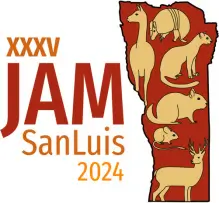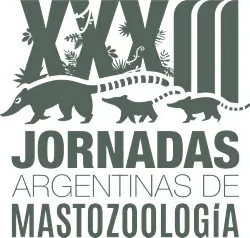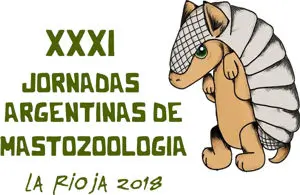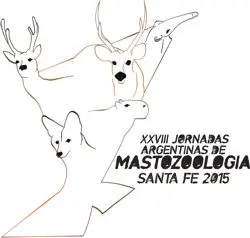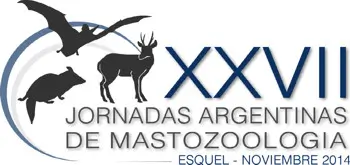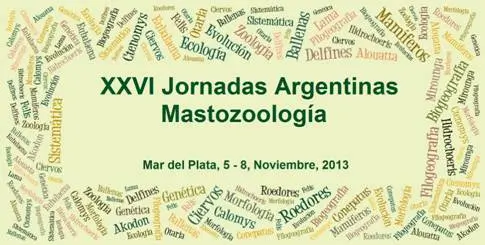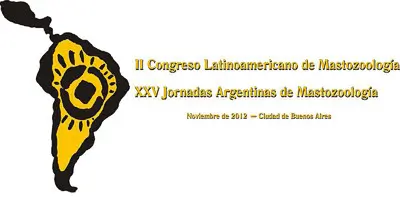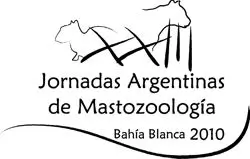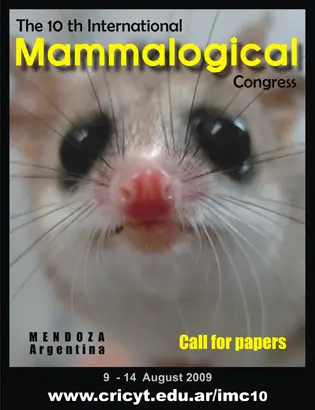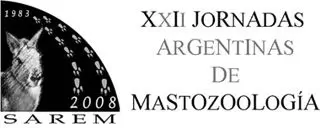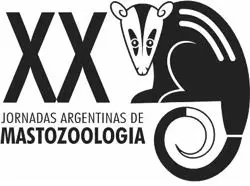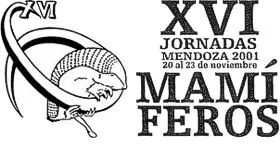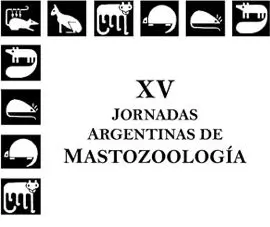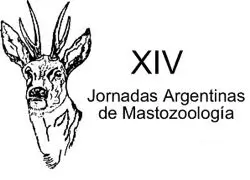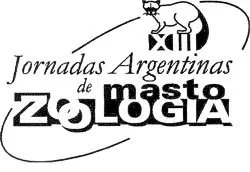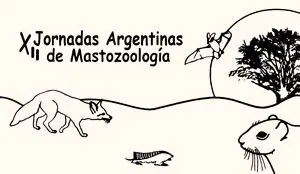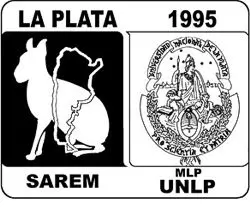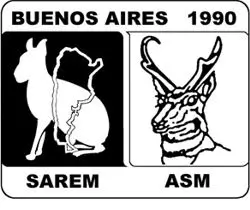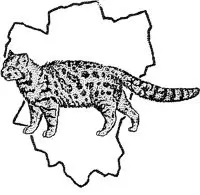
Dynamic interaction between GFAP astrocytes and GnRH neurons in the hypothalamus of the female plains viscacha throughout the reproductive cycle

Dynamic interaction between GFAP astrocytes and GnRH neurons in the hypothalamus of the female plains viscacha throughout the reproductive cycle
- Tipo de actividad: Poster
- Palabras clave: reproduction; pregnancy; estradiol; progesterone; lh
- Autoría: Llanos Dumont MI, Schmidt AR, Burd I, Halperin J, Vitullo AD, Dorfman VB
- Afiliación: Centro de Estudios Biomédicos Básicos, Aplicados y Desarrollo (CEBBAD), Universidad Maimónides | Consejo Nacional de Investigaciones Científicas y Técnicas (CONICET)
- Email: dorfman.veronica@maimonides.edu
Hypothalamic astrocytes are actively involved in regulating the secretion of gonadotropin-releasing hormone (GnRH). In this event, astrocytes undergo morphological remodeling and release hormones and trophic factors. The plains viscacha, Lagostomus maximus, a hystricomorph rodent native to Argentina, exhibits reactivation of the hypothalamic-pituitary-ovarian axis and pseudo-ovulation at mid-pregnancy, an essential event for the recovery of progesterone levels and the maintenance of pregnancy to term. The aim of this study was to explore the spatial interaction between hypothalamic astrocytes and GnRH neurons throughout the reproductive cycle of the plains vizcacha, particularly at mid-pregnancy to understand the biological mechanisms underlying pseudo-ovulation. Non-pregnant (non-ovulating and ovulating) and pregnant (early, mid, and late pregnancy) plains vizcachas were used (n=4 per group). Plasma hormone levels were determined by ELISA and RIA, astrocytes were identified by Immunohistochemistry of glial fibrillary acidic protein (GFAP), and the colocalization of GFAP and GnRH was evaluated by Immunofluorescence followed by confocal microscopy. GFAP immunoreactive astrocytic processes in close contacts with GnRH neuron somata were identified in the Preoptic Area and Arcuate nucleus of ovulating and pseudo-ovulanting viscachas (including non-pregnant and mid-pregnant individuals). These groups exhibited significantly higher levels of progesterone and luteinizing hormone than non-ovulating groups (p<0.01). In addition, the colocalization of GFAP immunoreactive astrocytic processes and GnRH immunoreactive axons in the palisade layer of the Median Eminence was determined exclusively during gestation, when estradiol levels were significantly higher (p<0.01) than during non-pregnancy. These intimate interactions, only detectable during pregnancy, are concomitant to the high levels of estradiol characteristic of this stage; thus suggesting steroid-dependent astrocyte plasticity and a role in the regulation of ovulation by direct interaction with GnRH neurons.

